Unseen Faces of Depression: Your Ultimate Guide to the Many Shades of Blue
Sadness is part of being human—but depression is something deeper, heavier, and far more complex. It doesn’t always look like tears or isolation. Sometimes it shows up as anger, fatigue, overachievement, or even a forced smile. That’s the challenge: depression wears many masks. And recognizing it—especially in yourself or someone you love—requires more than a checklist. That’s why we’ve expanded our guide to 20 Unseen Faces of Depression: Your Ultimate Guide to the Many Shades of Blue. This isn’t just about clinical terms—it’s about real-life signals that often go unnoticed or misread. From high-functioning depression to seasonal shifts, hormonal triggers, and hidden emotional numbing, this guide explores the diverse ways depression manifests. Understanding the nuances can help you seek the right support—or offer it. Because healing starts with being seen. And the more we name these unseen faces, the closer we get to breaking stigma, reclaiming clarity, and finding the light beyond the blue.
1. Major Depression
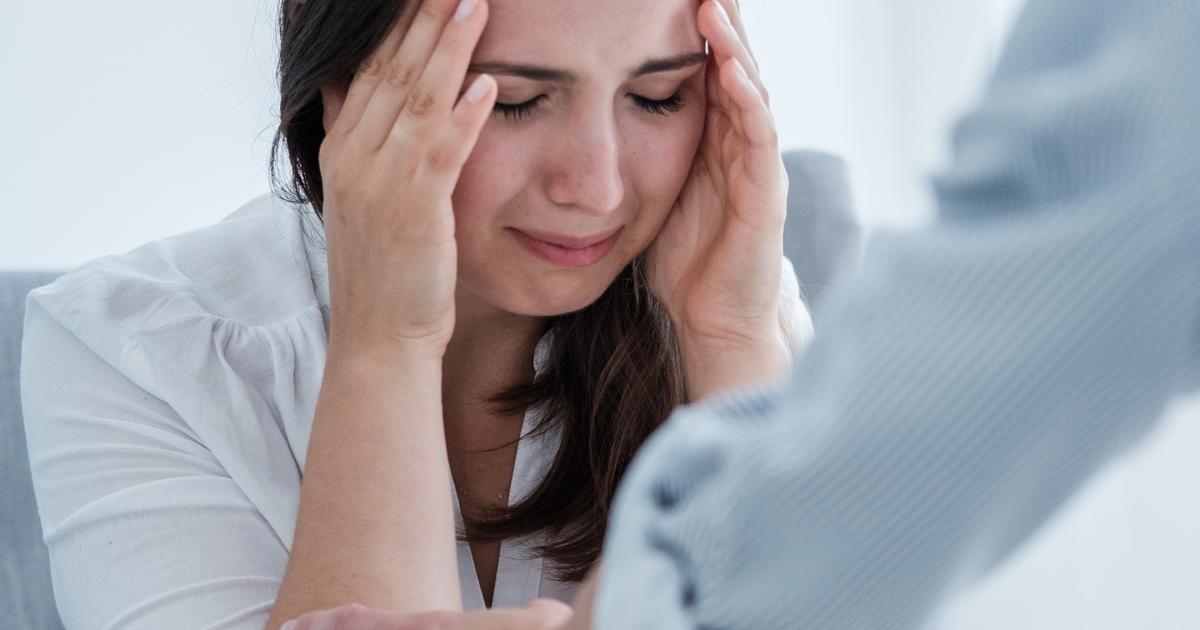
Major depression, also called major depressive disorder, is one of the most common types of depression, and it's also one of the easiest to recognize. If individuals feel sad and depressed for most of the day during most days of the week, they may be suffering from major depression. To get a diagnosis, patients must have been experiencing the feelings and symptoms for at least two weeks. In addition to feeling sad, patients might experience a loss of pleasure or interest in their hobbies. They may be fatigued during the day, but have trouble getting to sleep at night. Their appetite may be affected, which may cause them to lose or gain weight. It might be difficult to concentrate, and their thoughts might feel slower than usual. Affected individuals might experience feelings of guilt or worthlessness, as well as agitation and restlessness. It may be difficult for them to make decisions or concentrate. Some individuals also experience thoughts of suicide, which are very serious symptoms that should be brought up to a doctor.
2. Dysthymia
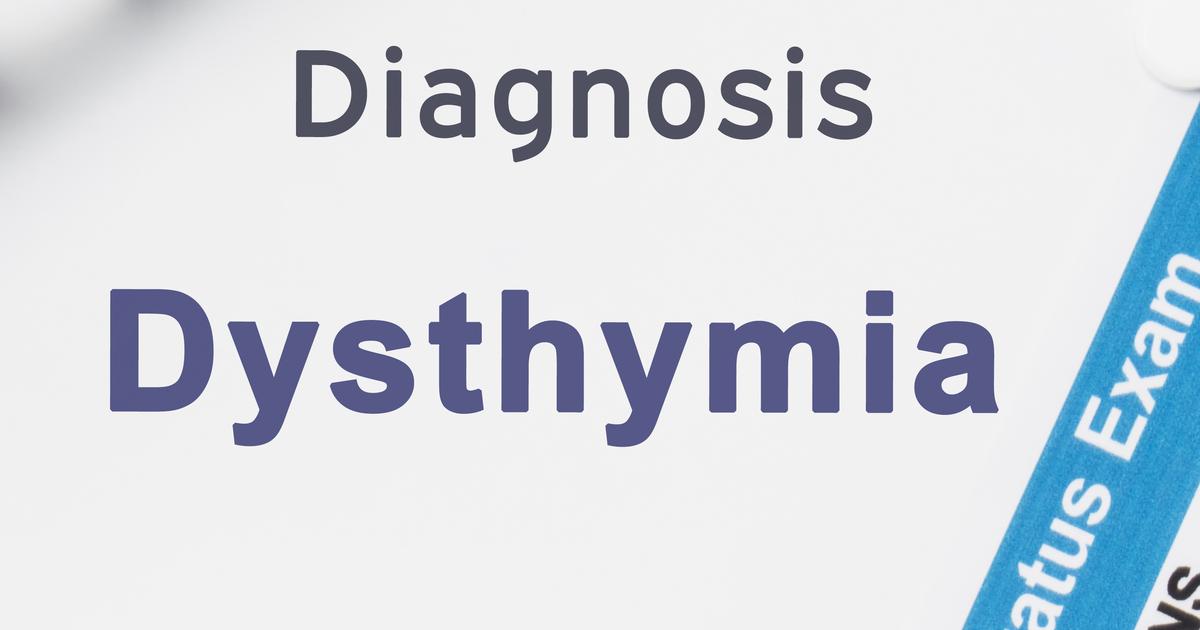
Dysthymia, also commonly known as dysthymic disorder, is a depressive mood disturbance that can occur in adults. To receive a diagnosis of dysthymia, an individual must have been experiencing low mood or other depression symptoms for a minimum of two years. Unlike major depression, dysthymia may not present as sadness all the time. It tends to involve an ongoing disturbance of mood that presents as persistent sadness or lethargy. The general population of the United States has a fairly large occurrence of the disorder, with about seven percent of adults in the population meeting the diagnostic criteria. The exact cause of dysthymia isn't currently known, though researchers believe there is a genetic component. This means if individuals have family members with major depression or dysthymia, they're more likely to develop the condition themselves. The condition can then be aggravated by the presence of different social stresses like dissatisfaction in work, relationships, social life, or hobbies.
3. Postpartum Depression
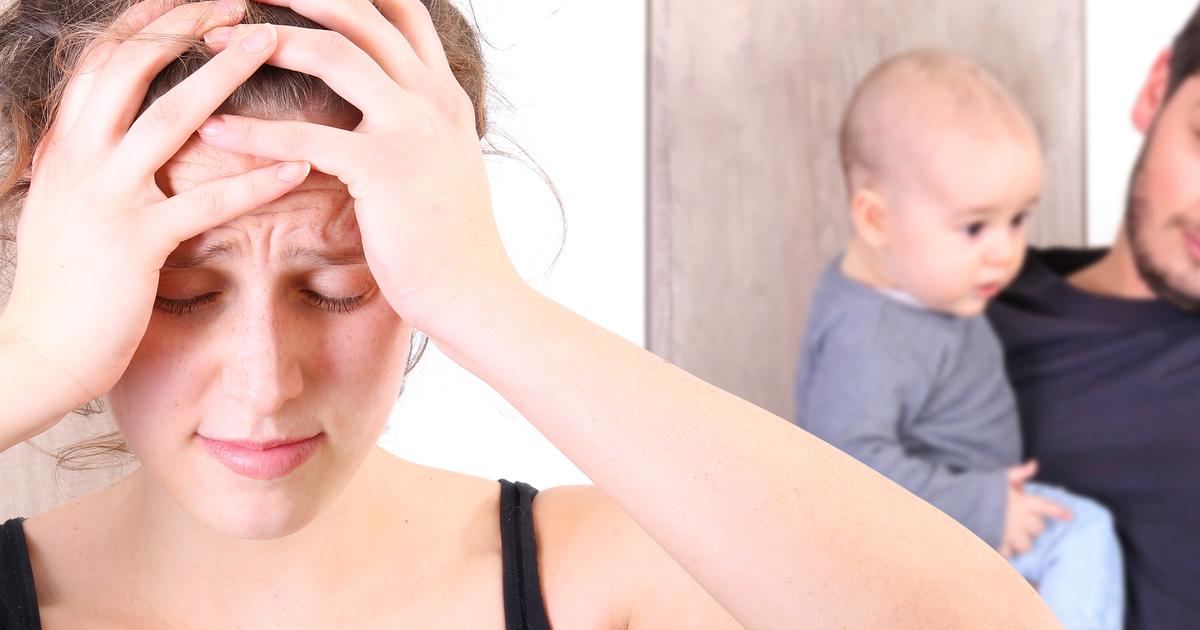
Postpartum depression is a type of depression that can occur after giving birth. When women have a baby, it's common for them to experience multiple powerful emotions, including anxiety, fear, joy, and excitement. Many mothers experience some 'baby blues' following childbirth. During this period, it's common for mothers to experience difficulty sleeping, anxiety, waking up during the night, tiredness during the day, crying spells, and mood swings. These feelings usually set in two or three days after giving birth, and they can last for a maximum of two weeks. Though these feelings may be tiring and annoying, they are normal and expected. However, some new mothers experience more long-lasting and serious depression symptoms. If a woman has postpartum depression, she might experience more severe mood swings, withdrawal from friends and family, excessive crying, feelings of worthlessness, fear she isn't a good mother, severe anxiety, panic attacks, overwhelming fatigue, and a reduced interest in the hobbies and activities she previously enjoyed. If women or their loved ones think they might be experiencing postpartum depression, it's important to talk to a doctor to get prompt treatment.
4. Bipolar Disorder

Bipolar disorder, formerly called manic depression, causes mood swings in extremes. During emotional highs, patients experience periods called mania or hypomania. During emotional lows, they experience similar symptoms to major depression. Individuals who are depressed might lose interest in their activities, withdraw from their social circles, and feel sad or hopeless. During manic episodes, patients might feel like they have a great deal of energy, unusual levels of irritability, or euphoria. Mania can also affect their judgment, impulse control, and rationality. Some mania can present with psychosis like paranoia and delusions. There are several types of bipolar disorder, such as bipolar I and bipolar II. With bipolar I, patients experience manic episodes that cause extreme euphoria or anger. With bipolar II, they experience hypomanic episodes. These may just look like periods of increased productivity and alleviated depression or slightly increased mood. Because mood swings can last for months or years at a time, diagnosing bipolar disorder can sometimes be difficult and requires patience.
5. Seasonal Affective Disorder
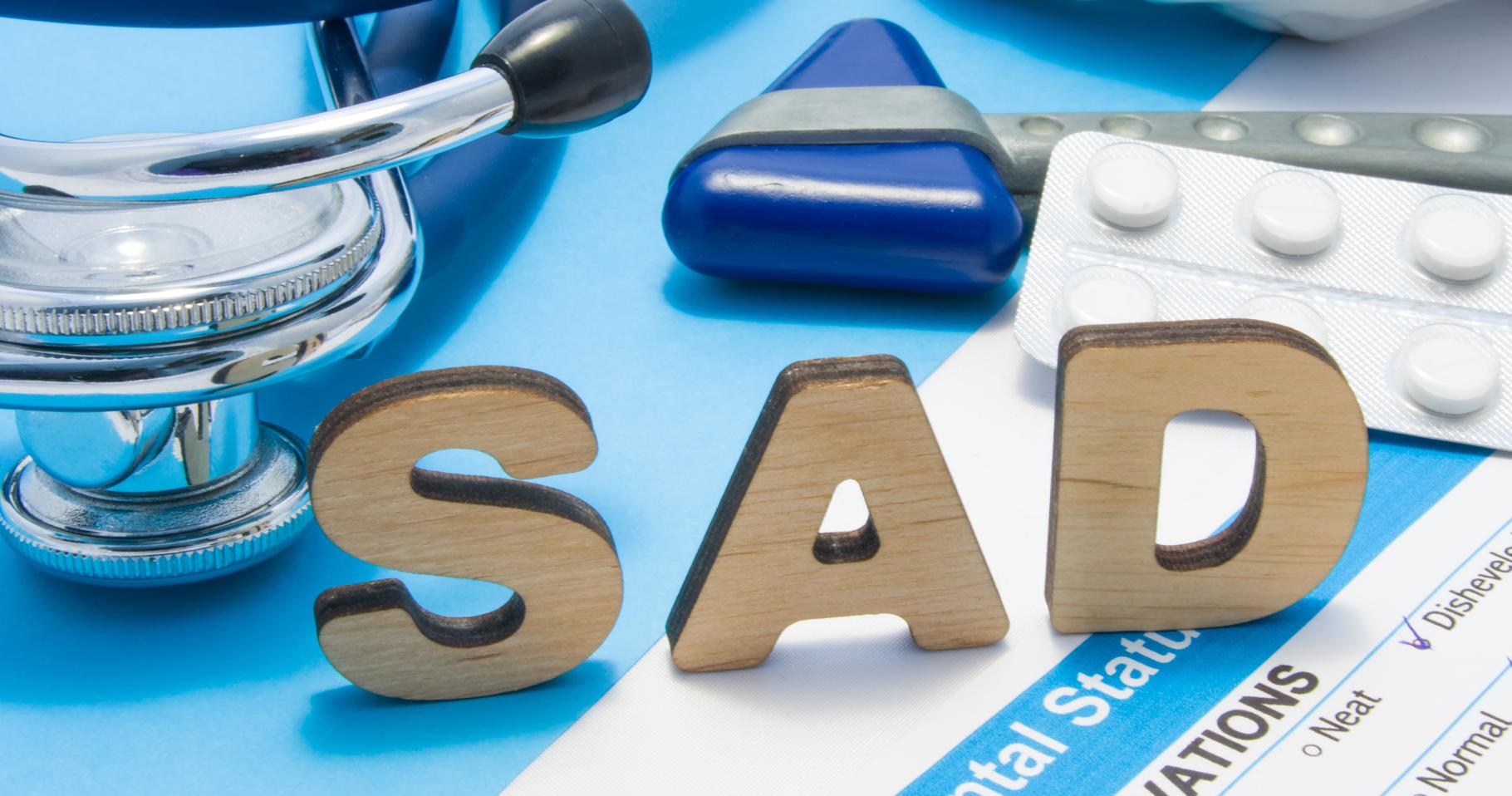
Seasonal affective disorder is a form of depression that occurs when the seasons change. Individuals with seasonal affective disorder experience depression that begins and ends around the same time each year. The majority of seasonal affective disorder patients begin to experience symptoms of depression in the autumn, and these typically continue throughout the winter. When the days begin to get longer, and the temperature gets warmer in the spring, the patients' moods tend to get better. Though this is typical, there have been cases where seasonal affective disorder can cause depression that starts in the spring or summer. Patients with seasonal affective disorder might feel moody and hopeless. They may also feel like they don't have a lot of energy. Some cases of seasonal affective disorder can be treated by using a sun lamp, which mimics bright light to help the brain wake up. Psychotherapy is also a very helpful option. Depending on the case, patients might be helped by antidepressants as well.
6. Depressive Psychosis
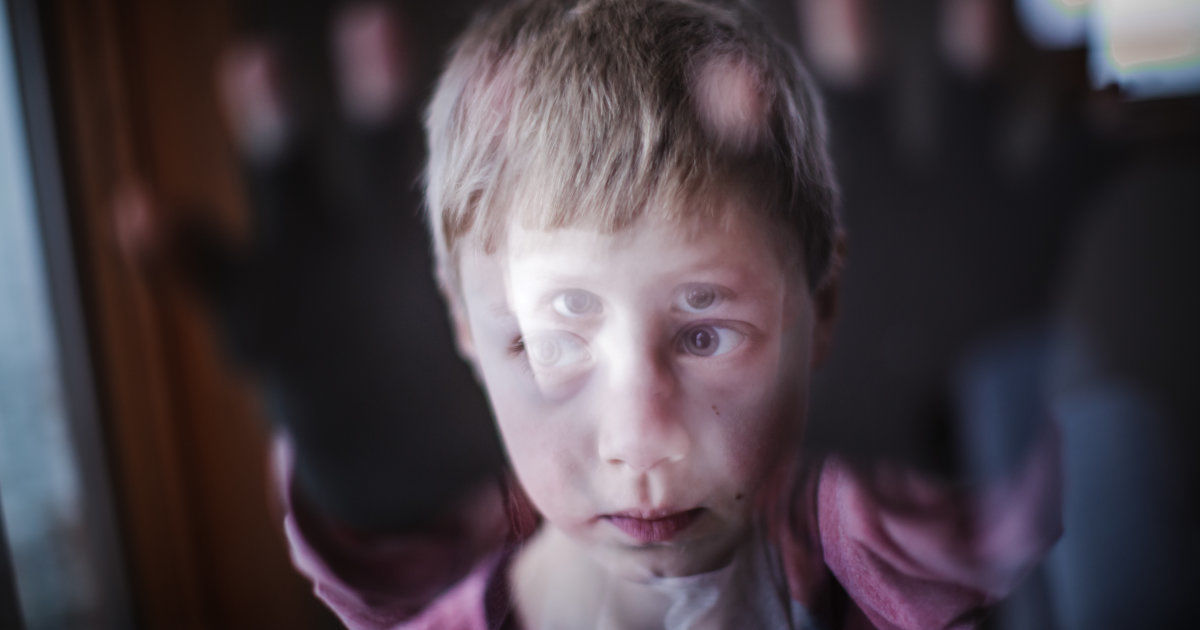
Depressive psychosis is a subtype of major depression where an individual has a component of psychosis along with their severe depression. Psychosis is a term used to describe when an individual has a break with reality in the form of hearing voices, hallucinations, delusions, and intense feelings of failure, worthlessness, or other similar emotions. Around one of every four individuals admitted into hospitals due to depression are affected by this form of the illness. Depressive psychosis differs from other types of depression because the patient loses touch with reality, where they do not in other forms of depression. The delusions and hallucinations that characterize depressive psychosis are usually in line with the themes of depression. Symptoms of psychotic depression include agitation, constipation, insomnia, physical immobility, anxiety, hypochondria, intellectual impairment, and hallucinations.
7. Premenstrual Dysphoric Disorder

Premenstrual dysphoric disorder is a term used to describe when an individual has a severe case of premenstrual syndrome in the week before the start of their period. Around five percent of women of child-bearing age will experience premenstrual dysphoric disorder. Fluctuations in hormones and serotonin are thought to play a role in the pathogenesis of premenstrual dysphoric disorder. Symptoms of premenstrual dysphoric disorder include hopelessness, sadness, tension, anxiety, extreme moodiness, anger, and marked irritability. Other symptoms of premenstrual syndrome that are also characteristic of premenstrual dysphoric disorder include fatigue, sleep changes, changes in eating habits, bloating, and breast tenderness. It is common for an individual affected by premenstrual dysphoric disorder to have underlying anxiety or depression amplified by the fluctuations in hormones when they are menstruating.
8. Situational Depression

Situational depression describes when an individual has a short-term episode of depression symptoms correlated with increased stress. This form of depression usually affects an individual after they have been a part of a traumatic event or series of events. This form of depression is considered to be a form of adjustment disorder, making it difficult for an individual to adapt to their everyday activities and duties after a traumatic event. Common events that can produce situational depression include problems at school, illness, the birth of a baby, natural disaster, living in an unsafe area, financial difficulties, moving, relationship problems, and problems at work. Symptoms of situational depression include sadness, lack of enjoyment of regular activities, constant worrying, disinterest in food, hopelessness, regular crying, feeling anxious, problems focusing, feeling overwhelmed, not paying bills, thoughts of suicide, and difficulties with sleep.
9. Atypical Depression
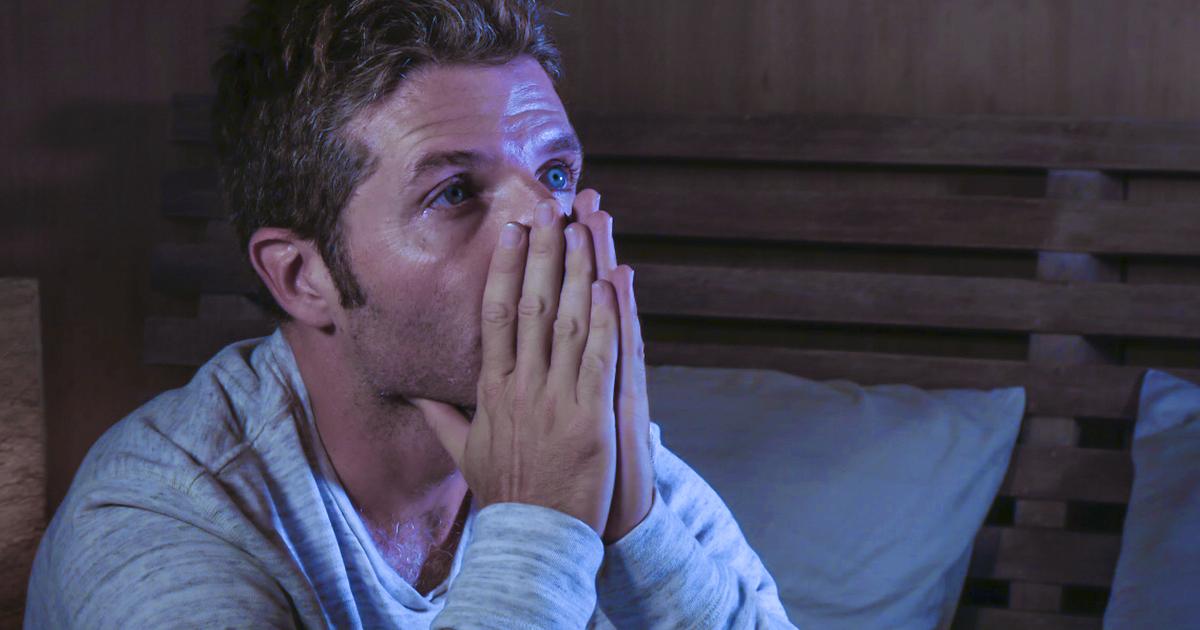
Atypical depression is a type of depression characterized by numerous specific symptoms and causes an individual to brighten up in response to positive events. When an affected individual experiences a positive event, they tend to show a mood improvement in response to this event. However, an affected individual will experience symptoms for the majority of the time. These symptoms include hypersomnia or sleeping too much, increased appetite, weight gain, sensitivity to rejection, feelings of being weighed down, poor body image, headaches, and eating disorders. Atypical depression is similar to melancholic depression with atypical features. Even though the name of this type of depression makes it sound as if it is an uncommon form of the illness, atypical depression is more common in the general population than other forms. It is common for an individual who is affected by bipolar I, bipolar II, seasonal affective disorder, and cyclothymia to be affected by atypical depression as well.
10. Disruptive Mood Dysregulation Disorder

Disruptive mood dysregulation disorder is a form of depression where an individual experiences anger, temper tantrums, and extreme irritability. An individual affected by disruptive mood dysregulation disorder may have episodes of physical aggression toward things or other people and outbursts of yelling and screaming. These episodes usually occur three or more times each week. The outbursts characteristic of disruptive mood dysregulation disorder do not occur in just one setting, but rather in multiple settings, such as school, at home, and with peers. A diagnosis of disruptive mood dysregulation disorder is typically only made in individuals between six and seventeen years old. The episodes that occur in an individual affected by disruptive mood dysregulation disorder are not the result of other underlying disorders like substance abuse, learning disabilities, or developmental disabilities. Symptoms of disruptive mood dysregulation disorder must be present regularly for at least a year before a diagnosis is made.
11. High-Functioning Depression

High-functioning depression doesn’t always look like depression. People with this form often go to work, maintain relationships, and even excel in their careers—yet internally, they feel numb, chronically exhausted, or hopeless. The symptoms mirror dysthymia but are often hidden beneath a well-managed exterior. Because these individuals “seem fine,” their suffering often goes unnoticed—even by themselves. They may beat themselves up for lacking joy, blame stress, or overcompensate with perfectionism. Over time, this can lead to burnout or a major depressive episode. Recognizing high-functioning depression requires honest self-reflection and the courage to admit that coping isn’t the same as thriving.
12. Depression Linked to Chronic Illness

Living with a chronic illness takes more than a physical toll—it can chip away at mental health too. When someone faces constant pain, limited mobility, or a prolonged diagnosis like lupus, diabetes, or fibromyalgia, depression can quietly take root. It's often misunderstood as simply “feeling discouraged,” but this type of depression is a reaction to ongoing suffering and lifestyle limitations. The emotional weight of appointments, medications, and isolation can overwhelm even the strongest minds. Integrative treatment—addressing both physical and emotional needs—is crucial. This kind of depression requires validation, not dismissal. It’s real, and it’s deeply deserving of support.
13. Substance-Induced Depression

Depression and substance use are often entangled in a toxic cycle. Some people use drugs or alcohol to self-medicate emotional pain, only to find that their mood worsens over time. Substance-induced depression occurs when mood disorders are directly caused by prolonged use—or withdrawal—from substances like alcohol, benzodiazepines, or opioids. Symptoms include hopelessness, low motivation, and emotional numbness. Because the cause and effect can be hard to untangle, this type often goes undiagnosed. Effective treatment involves a dual approach: detox or rehab paired with therapy that targets the underlying emotional drivers. Recovery begins when both shadows are brought to light.
14. Masked Depression in Men
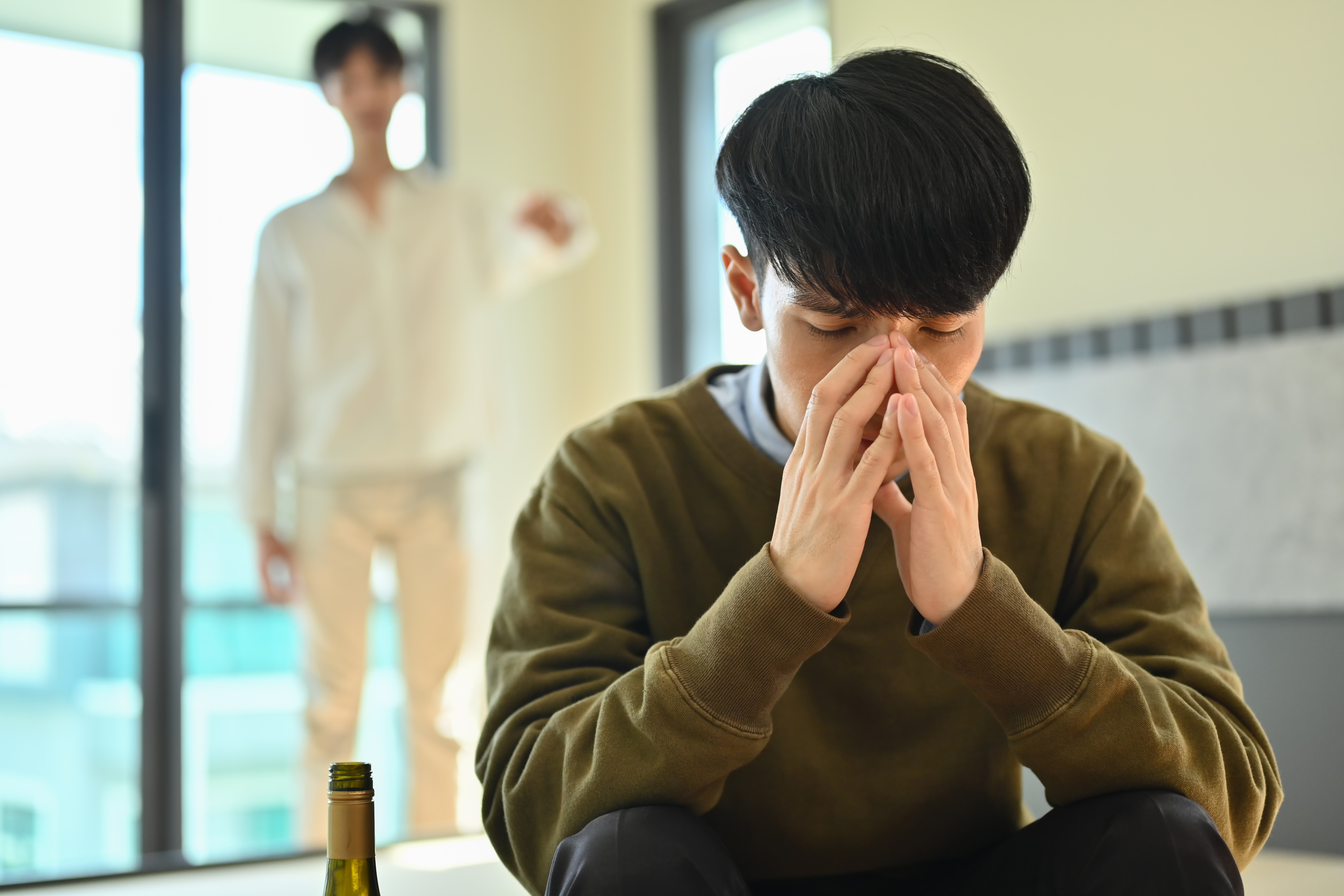
Men often experience and express depression differently than women, due in part to societal conditioning. Instead of sadness or withdrawal, many men with depression display irritability, anger, risky behavior, or even workaholism. They may struggle with insomnia or substance use rather than emotional openness. This is sometimes called “masked” depression, because the symptoms don’t align with typical expectations—and that’s why it’s frequently missed. Men are also less likely to seek help, fearing stigma or judgment. Creating space for emotional honesty and vulnerability is essential in uncovering this unseen form of depression. It doesn’t always look sad—it often looks shut down.
15. Existential Depression
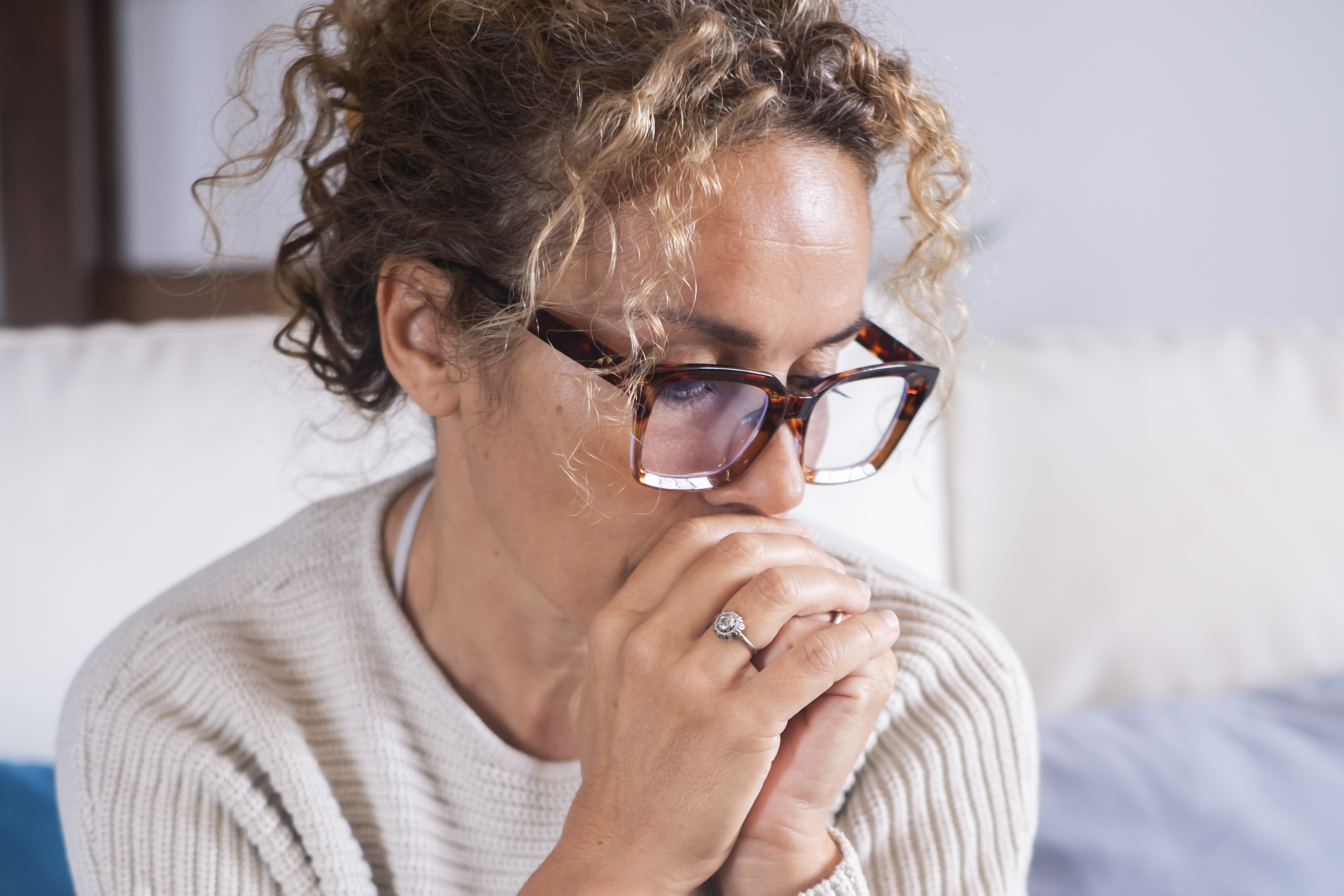
Existential depression is less about circumstances and more about meaning. It can affect anyone—but is particularly common in deep thinkers, creatives, and gifted individuals. People with existential depression may feel a persistent sense of emptiness, disconnection, or hopelessness about life’s purpose. They might question why we’re here, what any of it means, or struggle with the injustice of the world. These thoughts, while philosophical on the surface, can spiral into immobilizing despair. This form of depression often resists quick fixes and requires deeper conversations—often through existential or narrative therapy. It’s not just about being sad—it’s about being unmoored.
16. Perinatal Depression (During Pregnancy)

While postpartum depression gets more attention, depression during pregnancy—known as perinatal depression—is also common and just as serious. The pressure to feel joyful, the hormonal shifts, and fears about motherhood can leave expecting mothers feeling overwhelmed, anxious, or emotionally flat. Some experience guilt for not feeling more excited, while others may struggle with unexplained crying spells, insomnia, or a loss of interest in once-loved activities. Left untreated, perinatal depression can affect both parent and baby. Compassionate care, early screening, and destigmatizing conversations are key. Pregnancy isn't always glowing—and it's okay to ask for help before the baby arrives.
17. Depression Triggered by Grief (Complicated Grief)

Grief is a natural response to loss—but when it becomes prolonged, paralyzing, or disconnected from time, it may evolve into complicated grief or bereavement-related depression. Individuals might find themselves unable to function weeks or months after the loss, feeling numb or unable to imagine life without their loved one. While grief is not inherently a mental illness, it can trigger depression in people who feel “stuck” in sorrow, unable to move forward. Differentiating the two can be difficult. Support groups, therapy, and gentle routines can help integrate the loss while slowly rebuilding meaning and emotional resilience.
18. Rejection Sensitive Dysphoria (Often in ADHD)

Though not officially classified as a type of depression, rejection sensitive dysphoria (RSD)—often seen in people with ADHD—can feel strikingly similar. Individuals with RSD experience extreme emotional pain in response to perceived rejection, criticism, or failure. The shame, withdrawal, and deep sadness that follow these episodes often mimic depressive symptoms. Because it's so intense and misunderstood, RSD can leave people isolated and emotionally exhausted. While treatment may include ADHD management, therapy for self-worth, emotional regulation, and boundary-building is equally critical. RSD isn’t about being “too sensitive”—it’s about living with a nervous system wired for deeper hurt.
19. Depression with Anxious Distress

Some forms of depression are accompanied by intense anxiety—what clinicians call “anxious distress.” People may experience constant worry, fear something terrible will happen, or feel keyed up even in moments of calm. This blend of symptoms can increase the severity of depression, leading to sleep disturbances, muscle tension, and mental exhaustion. Because anxiety and depression often overlap, the symptoms may be misdiagnosed or treated independently. But when addressed together—with therapy, mindfulness, or medication—healing becomes far more effective. This form isn’t just sadness—it’s sadness fused with fear, making it feel relentless. Recognition is the first step toward relief.
20. Hidden Depression in Children
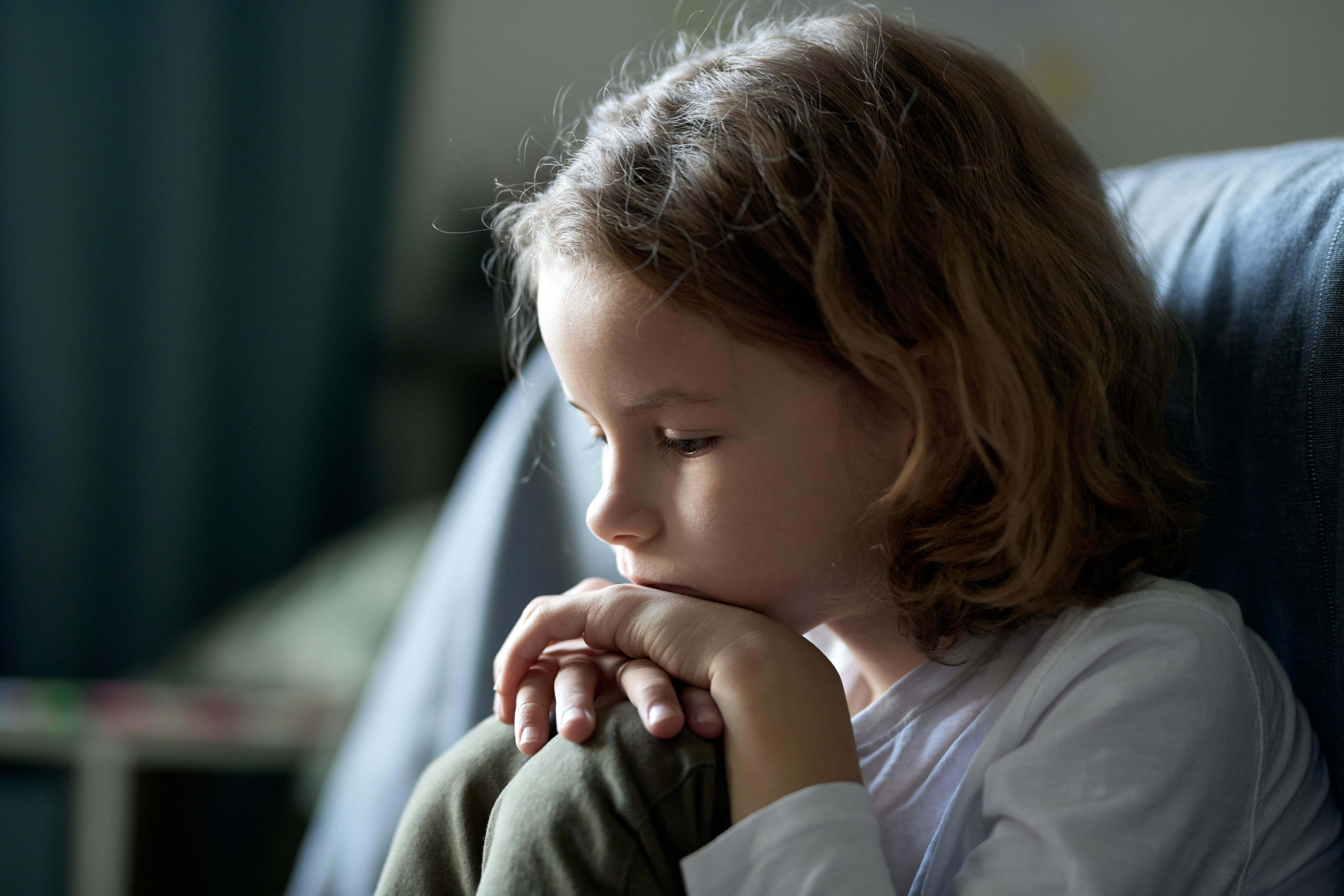
Depression in children doesn’t always manifest as sadness. Instead, it might appear as irritability, anger, clinginess, academic decline, or physical complaints like stomachaches. Because kids often lack the vocabulary to describe emotional pain, their distress gets overlooked or misattributed to “acting out.” Major life changes—divorce, bullying, moving, or loss—can all trigger depressive symptoms in young minds. If a child withdraws from play, avoids social interaction, or seems persistently down or agitated, it’s time to look deeper. Pediatric depression is real, valid, and treatable—but only if we learn to hear what’s not being said.
Depression doesn’t speak in one voice—it whispers, rages, numbs, and hides. Across these 20 forms, one truth echoes: the face of depression isn’t always what we expect. It might show up as irritability in a child, ambition in an adult, or calm during chaos. Some forms are rooted in biology, others in life events, but all deserve to be seen without shame. By expanding the conversation beyond the textbook, we not only dismantle stigma—we create room for compassion, nuance, and proper care. If you recognized yourself or someone you love in these descriptions, know this: clarity is power, and naming what hurts is the first act of healing. Depression is complex, but it is not untouchable. With the right support, even the most hidden forms can begin to surface—and from there, so can hope. Because light doesn’t chase darkness. It simply learns where to shine.